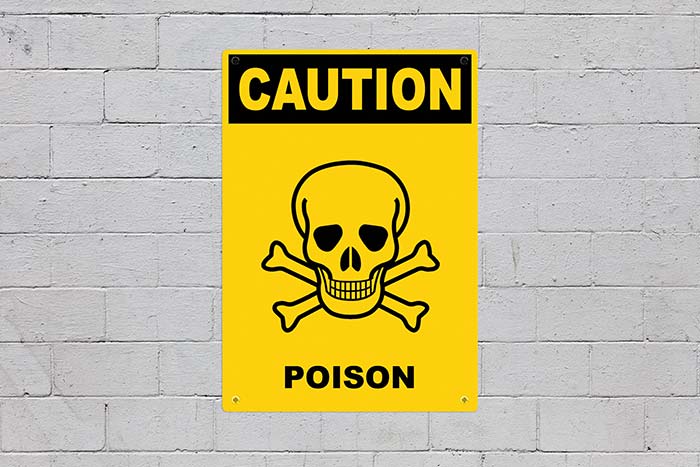Editor’s Note: Chief Income Strategist Marc Lichtenfeld is one of the world’s leading experts in the biotech space…
So when he talks, I – and his thousands of readers – listen.
Today, he’s sharing a story about a time he narrowly avoided a catastrophic biotech investment… and learned several valuable lessons in the process.
– James Ogletree, Managing Editor
“It’s either water, or it’s not water. And we know it’s not water.”
That’s what the CEO of a small cap biotech company once said to me in a hotel suite during the J.P. Morgan Healthcare Conference.
He was talking about his company’s groundbreaking cancer drug that was in clinical trials. He was basically telling me that the drug worked.
The CEO was a Harvard grad, and he was energetic and charismatic. I believed him.
I was early in my career covering biotech stocks, and this drug tackled a difficult-to-treat cancer. I wanted the medicine to work for patients, and I wanted the recommendation to work for my readers, as we were getting in early.
My readers made a tiny bit on the stock, but not a ton, as we got stopped out when the stock started to slip after an initial gain.
I was disappointed to get stopped out, but I stuck to my discipline and recommended selling the stock when the stop was hit.
Boy, am I glad I did.
It turns out that the CEO was right. The drug wasn’t water.
It was poison.
Not only did the Phase 2 data show that the drug did nothing to treat cancer, but patients who took it actually had a higher death rate than those not taking it.
You can imagine what happened next. The stock fell off a cliff. It dropped from about $15 to below $1 and eventually became a zero.
As I said, this was very early in my days covering biotech, about 15 years ago. I learned three valuable lessons…
Lesson No. 1: Fine-tune your BS detector.
CEOs of publicly traded companies are typically measured in what they say about their companies – or, in the case of biotech and pharmaceutical companies, what they say about their drugs.
They’ll tell you what the data shows and will of course be bullish, but they won’t say definitively that a drug is safe and effective until the FDA says it is.
The guy I talked to was so cocky about his drug, alarm bells should have been ringing.
If you ever hear a biotech CEO talking exuberantly and definitively about a drug that has not finished clinical trials yet, be wary.
Lesson No. 2: Look at the data.
When it comes to clinical trials, understand what the data shows. A drug may have shown effectiveness in an early trial, but if the number of participants was low or if the study wasn’t double-blind (where neither the patients nor the doctors know who is getting the drug), the data may not be accurate.
That doesn’t mean the drug doesn’t work. Many successful blockbusters started with a small trial. But you should temper your expectations until a larger, more rigorous trial is conducted, because lots of failed drugs started with a small trial too.
Lesson No. 3: Stick to your stops.
I’ve always been disciplined when it comes to trading. When a stop is hit, I sell – no matter how bullish I am. (In some cases, after I sell the stock, I may look for a better opportunity to buy it again later.)
When you’re upset about potentially getting stopped out, it’s too easy to make excuses and justify why you should stay in a trade. Stops take the emotion out of trading, and that’s the single most important thing you can do to improve your results.
Honor your stops.
The Cost of Learning
Everyone makes mistakes and pays “tuition” – the cost of learning – when they start trading. I certainly have.
Luckily, this one wasn’t costly at the time. But the lessons I learned helped shape the way I invest and trade – especially in the biotech and pharma sectors.
The next time you hear a CEO talking about their company, ask yourself whether the statement is equivalent to the “it’s not water” declaration. If it is, don’t just walk away – run.
